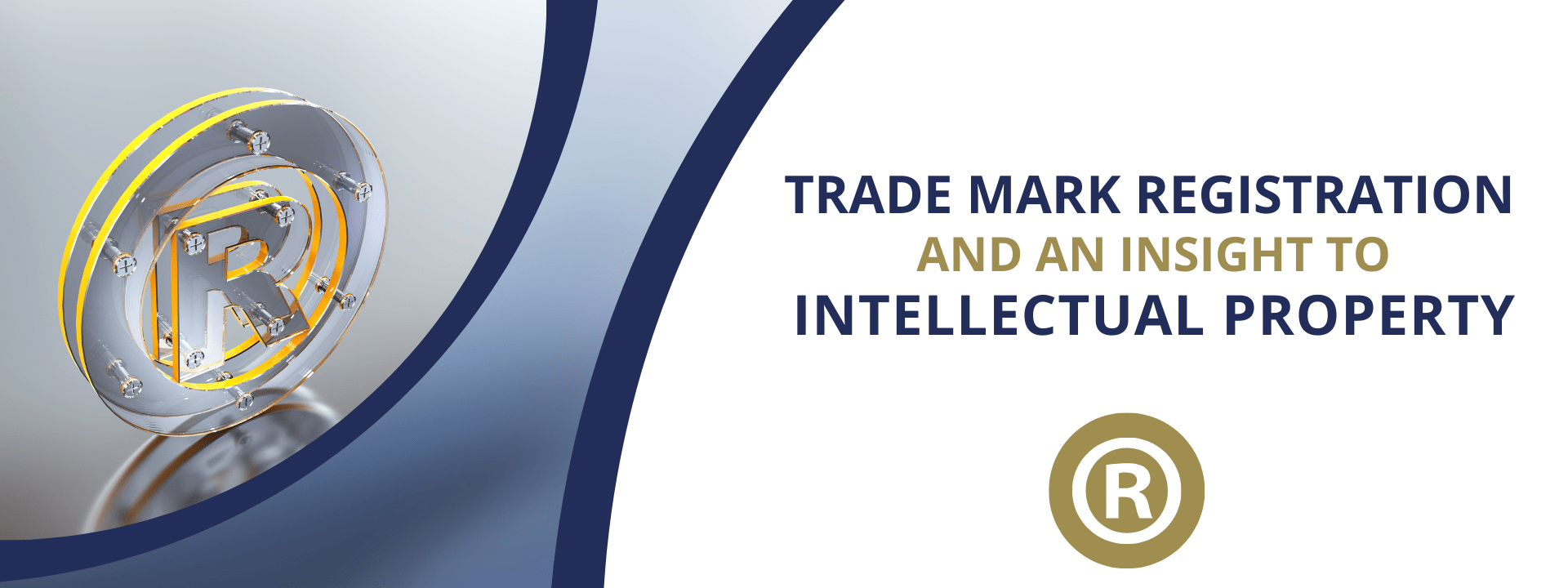Introduction to Intellectual Property Rights
Intellectual property (IP) refers to legal rights that protect creations of the mind, including trade marks that register brand names, logos, and symbols. These rights, known as intellectual property rights (IPR), cover various intangible assets like ideas, inventions, and brand reputations. Moreover, IP rights serve to acknowledge ownership and provide protection for these non-physical assets. Some of the most recognised types of IPRs include:
The Importance and Controversy of IPRs
While the existence of IPRs isn’t universally accepted, the reasons supporting them generally fall into two categories:
- Natural Fairness: From a young age, we understand that it’s unfair for someone to copy our work and gain credit. Recognising ownership rights over valuable ideas is seen as morally right.
- Public Policy: Society benefits from innovation and creativity. Therefore, protecting the investment made in research and development through IPRs provides innovators with a temporary monopoly. This allows them to profit from their creations without immediate competition.
Another crucial aspect of IPRs, especially trade marks, relates to consumer protection. Specifically, trade marks help consumers identify the origin of goods and services, ensuring they are purchasing from reputable sources. This prevents them from buying counterfeit products, which could be inferior or even dangerous.
Understanding Trade Marks
Trade marks play a vital role in brand protection. They can be registered or unregistered, and they serve as identifiers for the origin of goods and services. Furthermore, a trade mark could be a word, symbol, or logo that helps consumers recognise the company or creator behind the product. In our section about Our Services we explain this in more details.
Why Register a Trade Mark?
Registering a trade mark provides several benefits:
- Legal Enforcement: It is easier to enforce your trade mark rights.
- Brand Seriousness: Displaying the ® symbol shows competitors that you are serious about your brand.
- Asset Value: A registered trade mark is a valuable asset that can be sold or licensed.
- Cost-Effective: Registering a trade mark in the UK is relatively inexpensive, with costs around a few hundred pounds.
The Registration Process
To register a trade mark, it must be unique and distinctive, not bland or generic, and should not describe the goods or services directly. The application process includes:
- Choosing a Trade Mark: Decide on a distinctive name or logo.
- Conducting a Clearance Search: Ensure your chosen trade mark does not infringe on existing ones.
- Filing the Application: Submit the application with the UK Patent Office, selecting the relevant classes for your trade mark.
The Patent Office will examine the application and publish it for two months to allow for any objections. If no objections are raised, or if they are resolved, the trade mark will be registered.
Case Studies and Practical Tips
- Successful Negotiations: A client with a health supplement trade mark faced objections from large pharmaceutical companies. Through negotiations, coexistence agreements were established, allowing her to use her trade mark.
- Proactive Measures: A client who attempted to register a trade mark without a clearance search faced objections from a technology giant. After withdrawing the application, the client started anew, emphasising the importance of expert advice.
- Costly Mistakes: Another client faced significant financial loss after investing in branded products before ensuring the trade mark could be registered. This highlights the necessity of professional guidance from the beginning.
A Humorous Approach to Trade Mark Protection
Global Trade Mark Registration
While this guide focuses on the UK, it’s possible to register trade marks internationally. However, global registration can be costly, so it’s often best to focus on key markets where you plan to sell your goods or services.
Trade Mark Registration Costs
Registering a trade mark involves two main costs:
- Patent Office Fees: £170 for a basic application in one class, with an additional £50 per extra class.
- Professional Fees: £164.40 for a basic application in one class, with additional costs for extra classes and other services.
In summary, the total cost for registering a trade mark in two classes, without extra services, is £390.40.
Conclusion of Trade Mark Registrations
Registering a trade mark is a crucial step in protecting your brand and ensuring its long-term success. By understanding the importance of trade marks, the registration process, and potential pitfalls, you can effectively safeguard your intellectual property and enhance your brand’s value.
If you have any questions or need assistance with the patent process, contact us at Robertson IP for expert guidance and support.
We always offer a free consultation.

